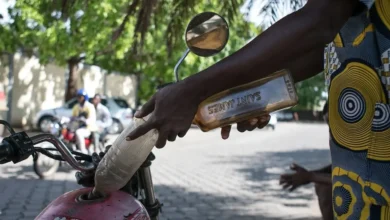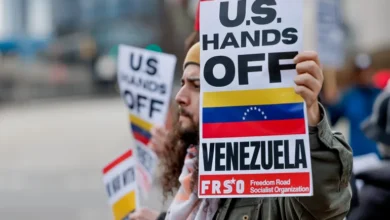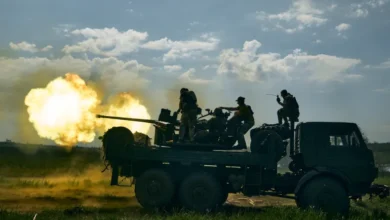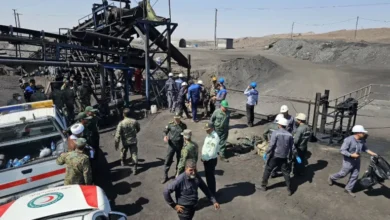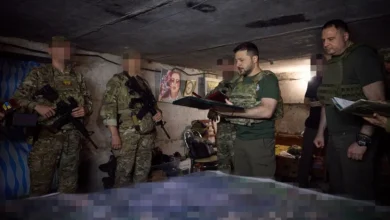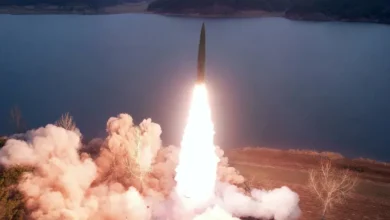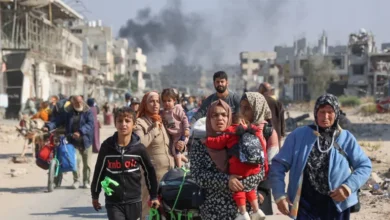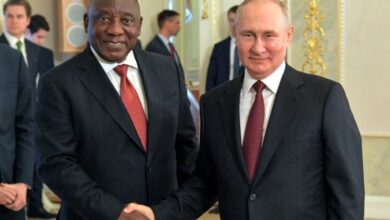What’s driving conflict in the disputed Somali city of Las Anod?
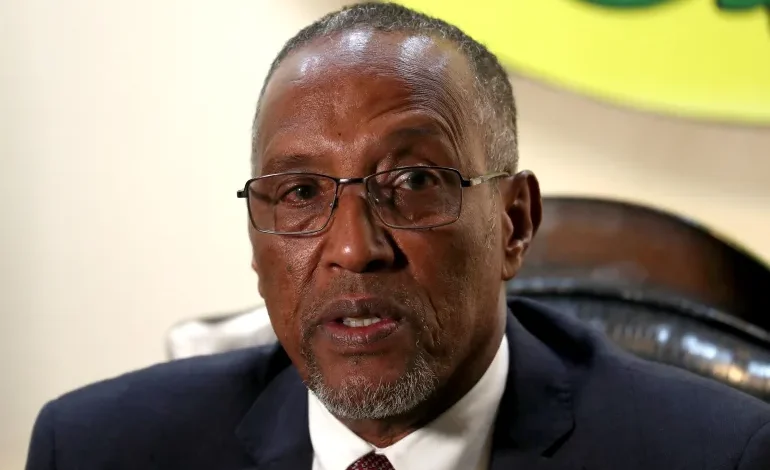
Since February 6, there has been heavy fighting in the northern Somali city of Las Anod (Laascaanood) between troops of Somalia’s breakaway region of Somaliland and local militia from the Dhulbahante clan in northern Somalia.
So far, at least 82 people have died and 400 have been wounded.
How did it all begin?
The Dhulbahante clan lives in the regions of Sool, Sanaag as well as the district of Buuhoodle in the Togdheer region, all of which are disputed between Somaliland – which seceded from Somalia in 1991 – and Puntland.
Las Anod, the capital of the Sool region, is also claimed by the clan as its capital.
Somaliland claims the borders of the old British Somaliland protectorate which merged with what was known as Italian Somaliland in the 1960s to form Somalia.
In 1991, after clan militias overthrew Siad Barre, Somalia’s military ruler at the time, the country descended into prolonged conflict, and Somaliland proclaimed its secession.
Before 2007, when Somaliland seized Las Anod, it was administered by Puntland.
The current upheaval in Las Anod began on December 26 when a local opposition politician, Abdifatah Abdullahi Abdi, was assassinated by unknown attackers, sparking anti-government protests across the city.
Unverified footage on social media during the protests showed Somaliland’s security forces indiscriminately firing at demonstrators. Local reports say as many as 20 people were killed during these initial protests in December that spilled over into January.
What is at stake here?
After years of debate, Dhulbahante elders in Sool announced on February 6 that they would like to be independent of both administrations and form their own federal state under Somalia, named SSC-Khaatumo.
“We have decided that the Federal Republic of Somalia shall administer the SSC-Khaatumo region until the completion of the federalisation of Somalia’s land,” they said in a statement, quoting the Somali constitution.
Just before the declaration was to be released, forces from Hargeisa, Somaliland’s capital, reportedly attacked Las Anod and forces loyal to the clans fought back.
“We believe Somaliland had received some information of the details of the declaration in advance which they didn’t receive well,” Garad Mukhtar, one of the elders at the conference, told Al Jazeera. “We strongly believe the attack was their attempt to disrupt the meeting.”
Markus Hoehne, a social anthropologist at the University of Leipzig who conducted research in Somaliland for many years, told Al Jazeera, “Somaliland needs the land [not the people] to establish its claim to statehood, which is based on colonial boundaries.”
What has the damage been so far?
In addition to deaths and injuries, the United Nations estimated that more than 185,000 people have been displaced due to the conflict in Las Anod.
“Somaliland must withdraw its forces from Sool and have immediate negotiations with the traditional elders of the Dhulbahante clan in order to facilitate international aid,” Hoehne told Al Jazeera.
Abdirizak Shuriye, a doctor at Manhal Hospital in Las Anod, told Al Jazeera that hospitals and ambulances have been shelled, resulting in the deaths of medical personnel, pregnant women and children.
“What is happening in the city of Las Anod is a massacre,” he added.
On February 8, Abdirihin Ismail, the city’s mayor, said, “This isn’t a war between Somaliland and Puntland nor between Somaliland and terrorists, but rather the Somaliland army and the people of Las Anod.”
Mukhtar told Al Jazeera that his house was shot at by Somaliland’s military alongside more than 1,000 others damaged or demolished by them. He added that Somaliland was shelling targets indiscriminately, which was “evidence that Somaliland wants to inflict as much damage on the people of Sool as possible”.
Two days after the ceasefire was announced, a reported mortar attack at the Gargaar Hospital in the city, killed one of its doctors, Abdisalam Muse Said.
On its part, Hargeisa has claimed that the “ceasefire has been infringed on numerous occasions by armed militias and the terror groups who attacked the city” and also blamed the Somali government and Puntland for what it called attempts to destabilise the breakaway region.
“Unfortunately, we have no other choice but to defend,” Somaliland Defence Minister Abdiqani Ateye said.
